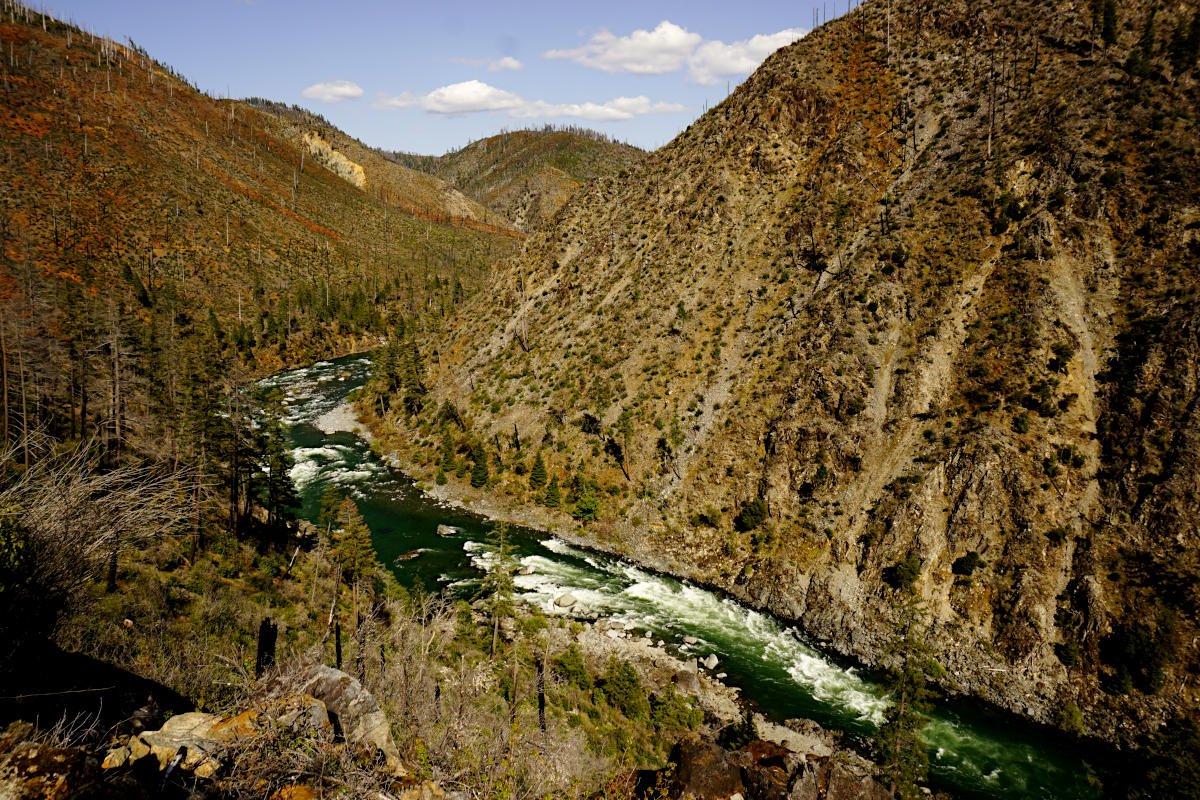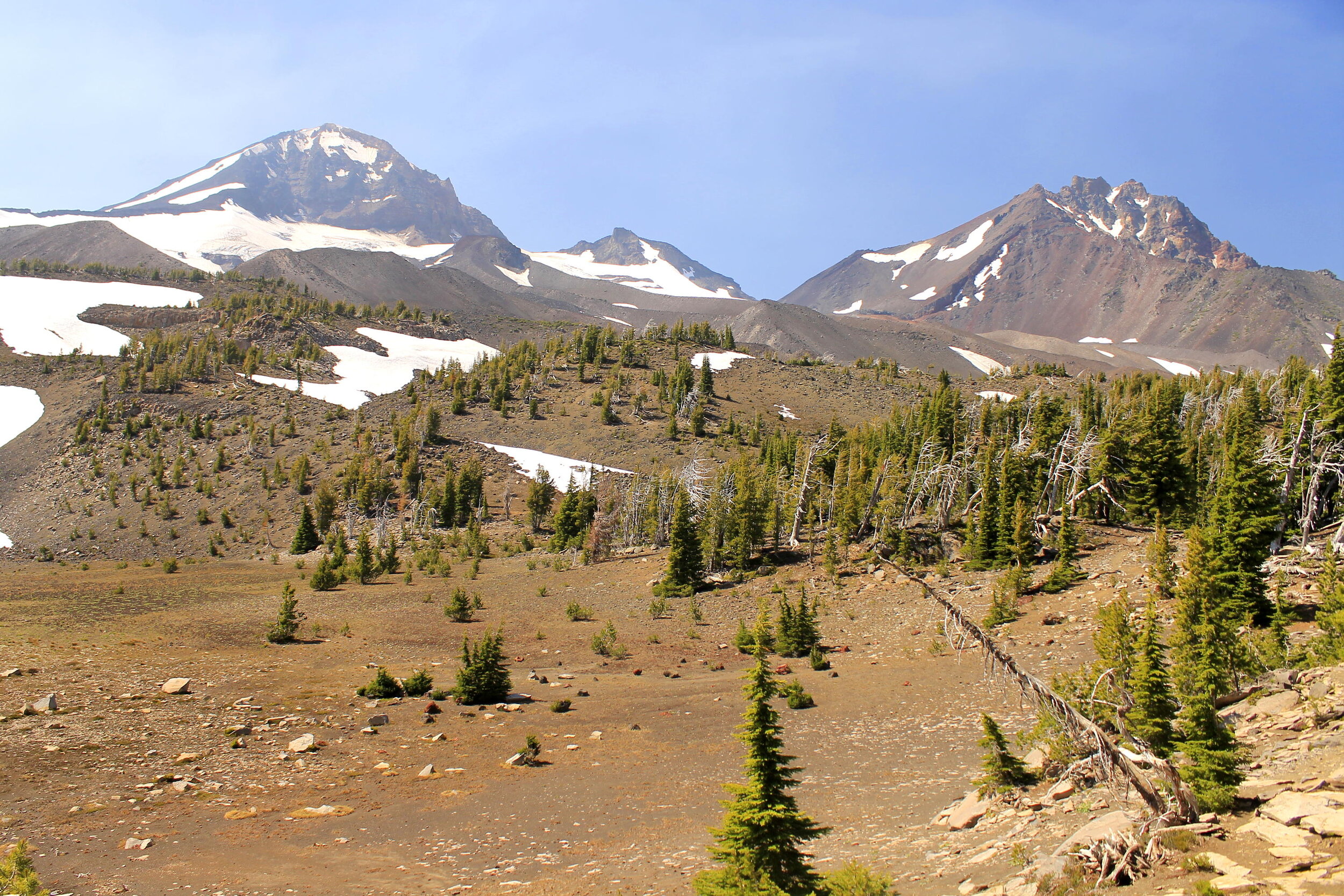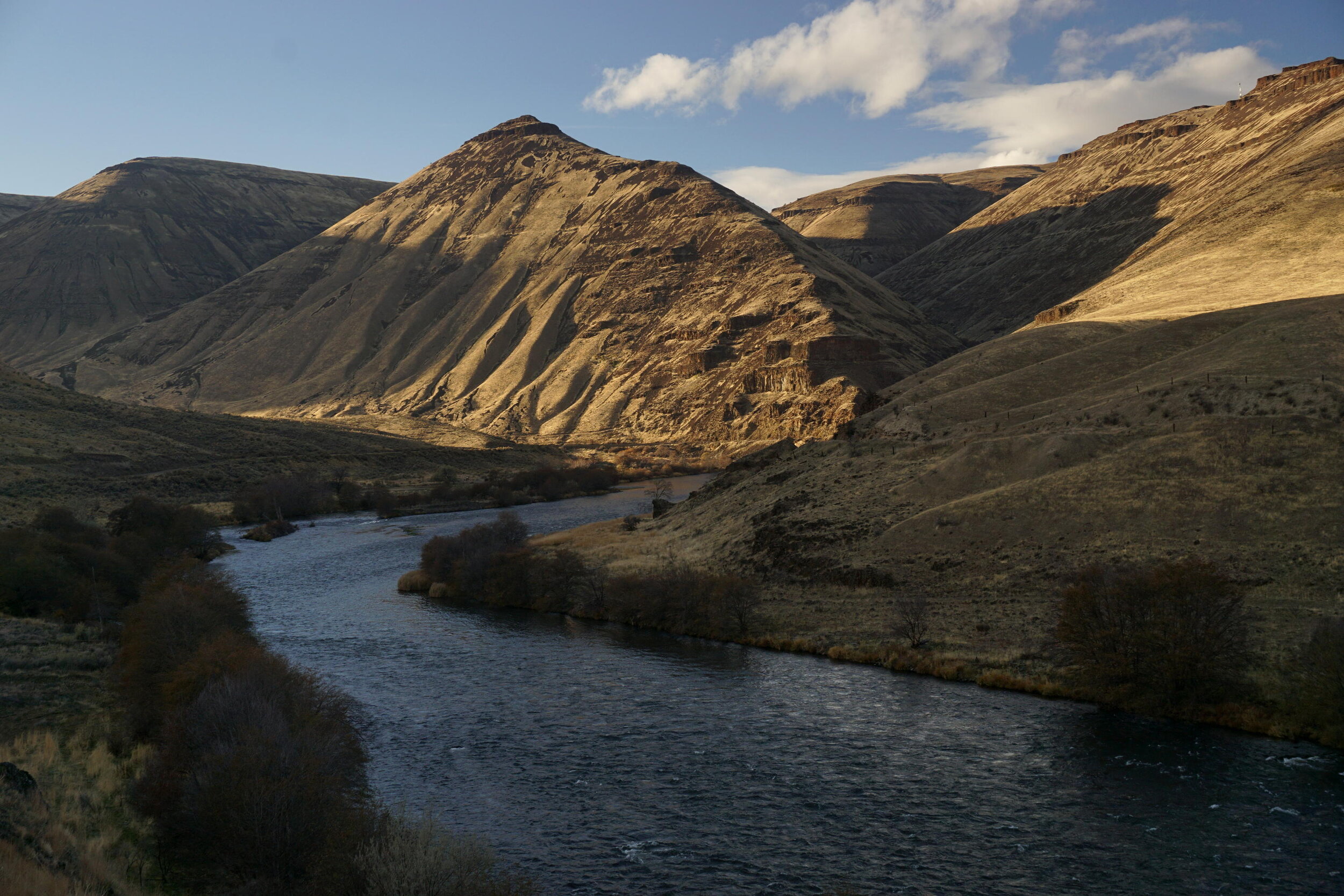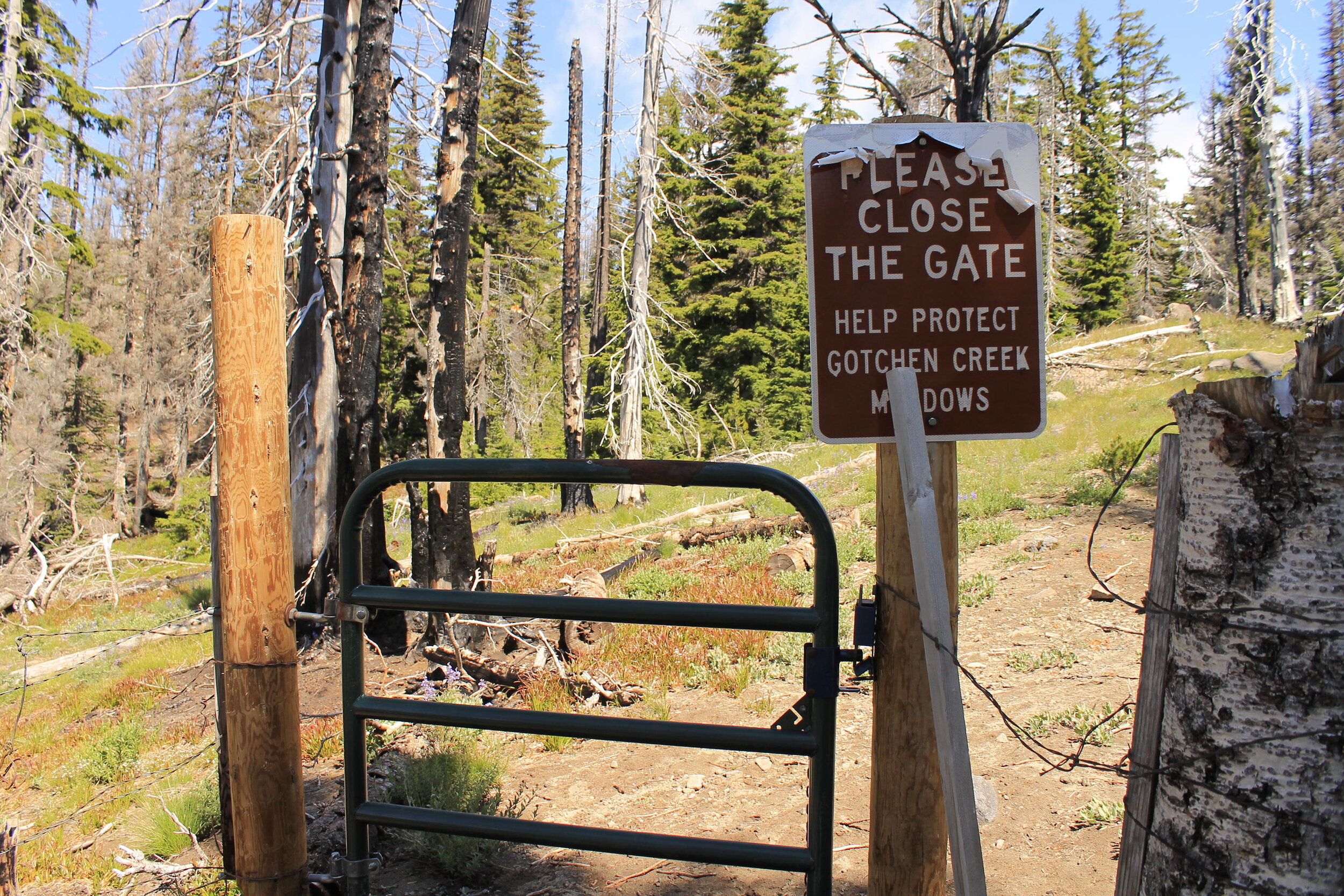Well, it’s been awhile. During the height of the pandemic I wrote in this blog regularly, but of course as the pandemic receded I became very busy again. What have I been up to over the past three years? Working on a new guidebook, of course!
I published PDX Hiking 365 in 2018 and an updated edition of my first book Off the Beaten Trail in 2019, and then I took the rest of 2019 off. When the pandemic began here in Oregon in March 2020 I was beginning work on a new guidebook, which at the time I was calling The Oregon 100. I decided to put this project on hold during the height of the pandemic but by late summer 2020, I was itching to get back to this project. I made a trip to Central Oregon at the end of August 2020 to kickstart the project. Here’s a photo from my hike along Tam McArthur Rim to No Name Lake:
Over the course of the winter months of 2020 into 2021, the project began to take shape. I decided that the Oregon 100 sounded too much like a list of influential people, and I decided to rename this project Extraordinary Oregon! When spring rolled around and I had a week off from my day job, work began on this project in earnest. More than just a book project, this was an excuse to visit places I had always dreamed about. During this trip in March 2021 I was finally able to visit Crack In The Ground:
Not long after this I was also finally able to visit Kentucky Falls, deep in the Oregon Coast Range. Finding this place tested my nerves and my route finding ability, but it was even more spectacular than I had ever dreamed it would be:
From this point I worked on Extraordinary Oregon! for the last 2 years almost without stopping. When I wasn’t out hiking and researching, I was writing, editing photos, making maps, and researching the history of every hike in this book. I visited many extraordinary places, some of which I had wanted to visit since I first began hiking as a child growing up in Salem. One place that meant a lot to me in particular was the Illinois River in southern Oregon, a river that shares a name with the river near which my family has lived in Illinois for more than 200 years. Here’s what Oregon’s Illinois River looks like:
I was also finally able to visit the Owyhee Canyonlands at long last. While a lot of bad weather prevented me from exploring this area to the extent I had hoped, I was still able to visit the famed Leslie Gulch, which exceeded even my wildest expectations:
Over the course of the past three years since I began working on Extraordinary Oregon!, I hiked about 2,000 miles and drove nearly 15,000 miles in Oregon alone. Most of these trips were done solo, completely by myself. Over the past three years, I’ve had a lot of time to think about the meaning of this project as I drove all over every corner of Oregon again and again and again.
This book is dedicated to my favorite place, the place I call home: Extraordinary Oregon. I am please to share this project with you. I can’t wait for all of you out there to experience this extraordinary place as I did.
Thank you for reading, and thank you for your support.
Matt































































